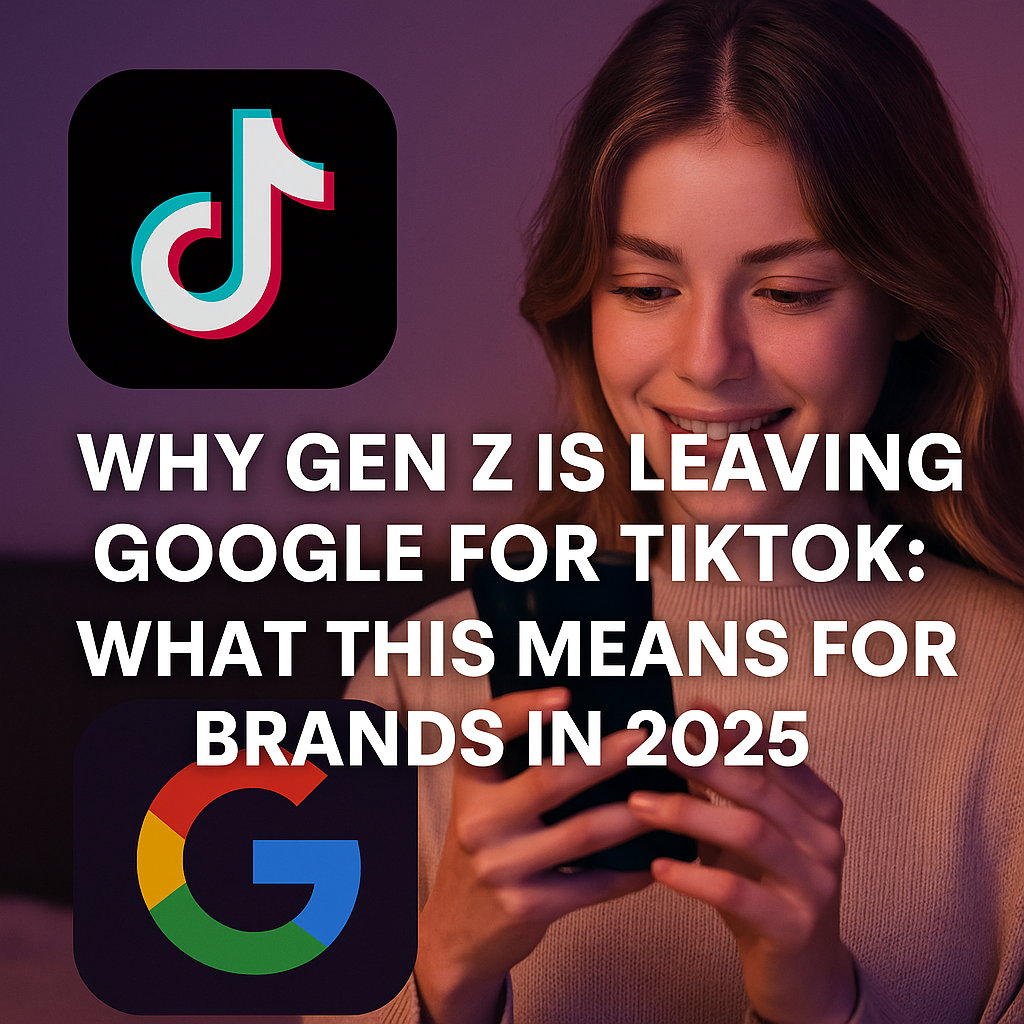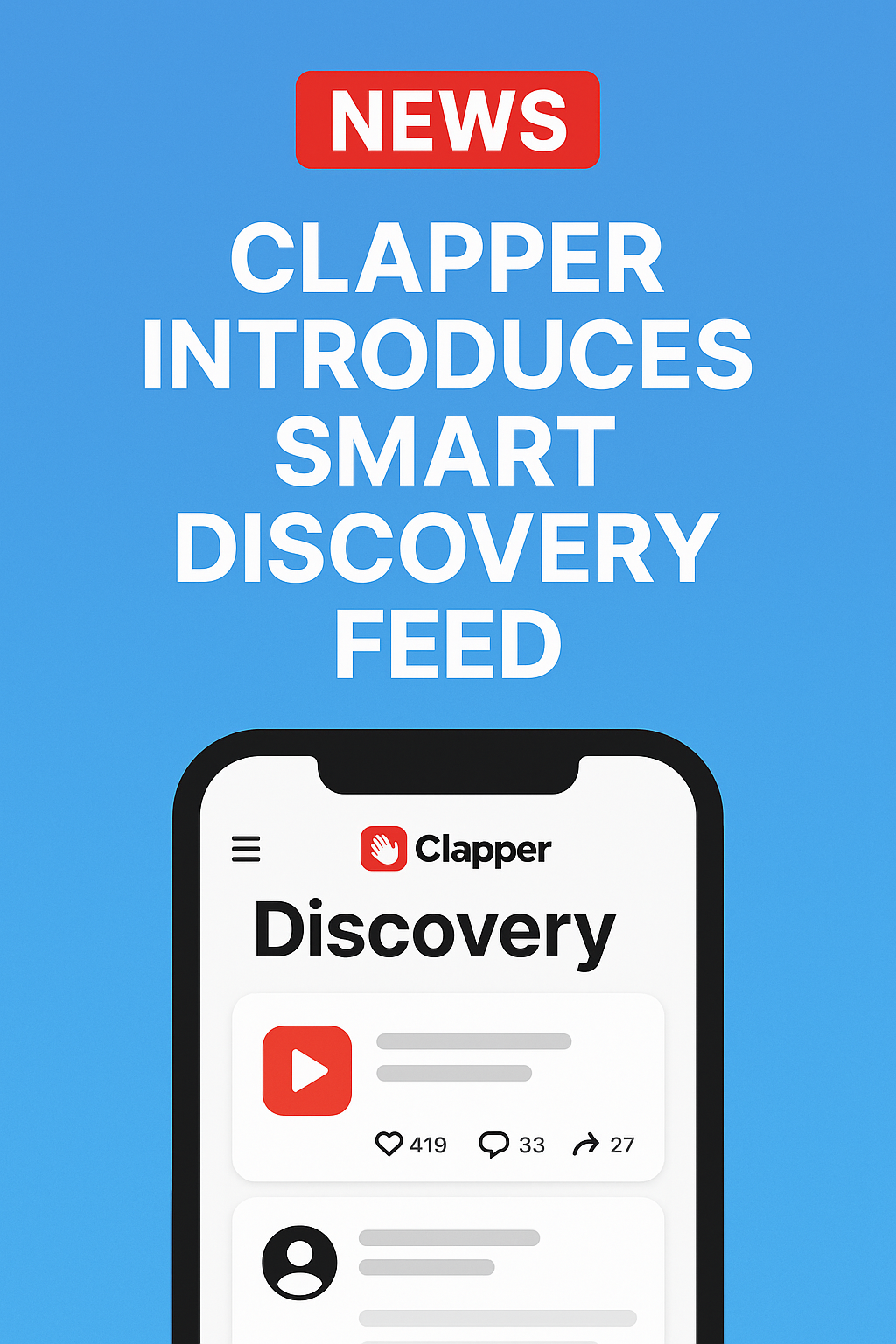 It’s Web 2.0 week once again in San Francisco, and
It’s Web 2.0 week once again in San Francisco, and
there are a handful of hopeful new startups that deserve some
attention. While the conference itself has been losing steam over the
last couple of years, there were
moments when the conference felt like its old self.
Perhaps the most interesting part of the conference is Tim O’Reilly’s
essay on the state
of internet operating systems, which he spoke to at some length at this morning’s keynote. Like everything by O’Reilly, it’s a well thought-out, intelligently written and comprehensive
look at the underlying platforms powering much of the Web, including
views and predictions on Google, Apple, Microsoft, Amazon and newcomer
Facebook. Originally a blog post, O’Reilly Media printed it for
distribution at the conference and, together with this morning’s speech, it was the most compelling content
at the event. It’s a must-read.
The other compelling piece of content was the main stage interview by
O’Reilly Media’s Brady Forrest of Adobe CTO Kevin Lynch at yesterday morning’s keynote session. Given the escalating
drama involving Apple’s well-publicized snub of
Flash and the ensuing anti-trust
rumblings emanating from Washington, DC, everyone in the room was
anxious to hear Lynch’s thoughts. Happily, he delivered.
“We’re facing a time now,” said Lynch “where there are some who would
like to wall off parts of the Web and make it so that you need their
approval to make content and applications. From Adobe’s point of view,
we don’t express judgment on what people make. I
don’t think it’s the role of a company to exercise that judgment on what
people are making. That’s the role of society and law.”
When Forrest asked if he was referring to Apple, Lynch emphatically
replied: “Yes.” In his most pointed rebuke, Lynch invoked Apple’s
famous “1984″ ad, in which a young, lithe athlete takes down big
brother. Apple’s rejection of Flash for its new iPad and the iPhone is
bad for the internet, he said, and is “like 1984 in a lot of ways.”
Forrest asked about the rise of HTML5 — the most current way to build
websites, and which enables the playing of videos without the use of,
say, Flash — Lynch said Adobe would build best-in-class tools for HTML5.
“It’s not about HTML5 versus Flash,” Lynch said. “They’re mutually
beneficial. The more important question is the freedom of choice on the
Web.”
In addition to the usual host of established players featured
throughout the conference — including Adobe, Microsoft,
Cisco, IBM and HP —
the conference is always careful to carve out space on the Expo floor
(the Long-Tail Pavilion) and on its main stage (Launch Pad) to highlight
those working on the next big thing. A few caught my eye.
Both in the Launch Pad presentation and the Long-Tail Pavilion, there
were new companies focused on helping people engage in social curation
on the Web. Though each has its own approach, Strings, PearlTrees and  MyWEBoo have one thing in common:
MyWEBoo have one thing in common:
organizing the vast array of content one contributes to and encounters
across the Web every single day. Whether you publish photos on Facebook
or Flickr, videos on YouTube or Yahoo!,
or share articles you like on Twitter or LinkedIn,
these new services help you to aggregate that content in a single
location, which you can then organize. The social piece comes into play
when you share what you’ve curated with your friends and invite them to
add their own curatorial contributions to your efforts. Some enable
you to take what you’ve curated and publish it in a neat package on your
blog; others provide a location on their websites highlighting your
collections. As people increasingly understand what it means to be a
curator, services such as these could play an important role enabling
the activity.
Crowd-sourcing is another area where start-ups are continuing to
innovate. CrowdFlower, imomou, and askyourtargetmarket.com
help companies and individuals use the wisdom of crowds to drive
decision-making. Both CrowdFlower and AskYourTargetMarket layer in
interesting helpful control measures to ensure the crowds you’re tapping
into aren’t in some way rigged or flawed, improving on some earlier
stabs at just-in-time crowd-sourcing services.
At Launch Pad, the start-up that won the audience’s
“applause-o-meter” was Rhomobile, an open framework for fast
development of cross-platform mobile applications. Essentially, app
developers can “build once, deploy many” using Rhomobile. The “many”
include iPhone, BlackBerry, Windows Mobile, Symbian and
Android smart phone operating systems. App development is huge —
witness Apple’s App Store and Google’s growing version of it. But
developers face significant pain developing the same app for these
disparate operating systems. Rhomobile solves the problem simply,
elegantly and at reasonable costs. This little start-up seems to have a
bright future.
There are many other notable start-ups, of course, and the
established players are also doing their bit to advance various states
of art. Adobe was showing off an Android-powered tablet prototype at
its booth demonstrating how beautifully Adobe Air and Flash work, in
addition to the many smart phones that fluidly incorporate Adobe-powered
features. At Microsoft’s booth, Razorfish was showing
off a slick application of Microsoft’s 2-D bar code technology (also
called QR Code) that it originally built for this year’s
South-by-Southwest Interactive Festival.
One other stand-out is Parrott, a French company that wins my award
for best iPhone-powered toy ever. They showed off their new augmented
reality drone on the main stage and in the hallways, which is
controlled via WiFi
from your iPhone. Using the accelerometer feature, the Parrot
drone is activated, achieves lift-off and flies around by using
your iPhone like a steering wheel. It was an awesome demo. There
wasn’t a dry eye in the house.
All of which is proof that Silicon Valley (and its French cousin) is
as interesting and exciting as ever, even if the conference that claims
to represent it is a little less so.















